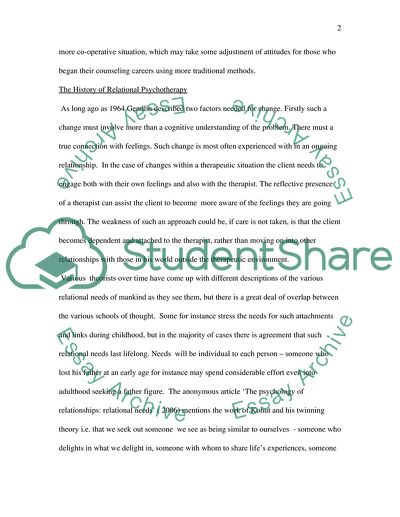Cite this document
(The Impact of Relational Approach on Personal Therapists Term Paper, n.d.)
The Impact of Relational Approach on Personal Therapists Term Paper. Retrieved from https://studentshare.org/psychology/1747956-what-impact-has-the-relational-approach-as-described-in-beyond-empathy-and-mearns-and-coopers-working-at-relational-depth-had-on-personal-therapists
The Impact of Relational Approach on Personal Therapists Term Paper. Retrieved from https://studentshare.org/psychology/1747956-what-impact-has-the-relational-approach-as-described-in-beyond-empathy-and-mearns-and-coopers-working-at-relational-depth-had-on-personal-therapists
(The Impact of Relational Approach on Personal Therapists Term Paper)
The Impact of Relational Approach on Personal Therapists Term Paper. https://studentshare.org/psychology/1747956-what-impact-has-the-relational-approach-as-described-in-beyond-empathy-and-mearns-and-coopers-working-at-relational-depth-had-on-personal-therapists.
The Impact of Relational Approach on Personal Therapists Term Paper. https://studentshare.org/psychology/1747956-what-impact-has-the-relational-approach-as-described-in-beyond-empathy-and-mearns-and-coopers-working-at-relational-depth-had-on-personal-therapists.
“The Impact of Relational Approach on Personal Therapists Term Paper”, n.d. https://studentshare.org/psychology/1747956-what-impact-has-the-relational-approach-as-described-in-beyond-empathy-and-mearns-and-coopers-working-at-relational-depth-had-on-personal-therapists.


